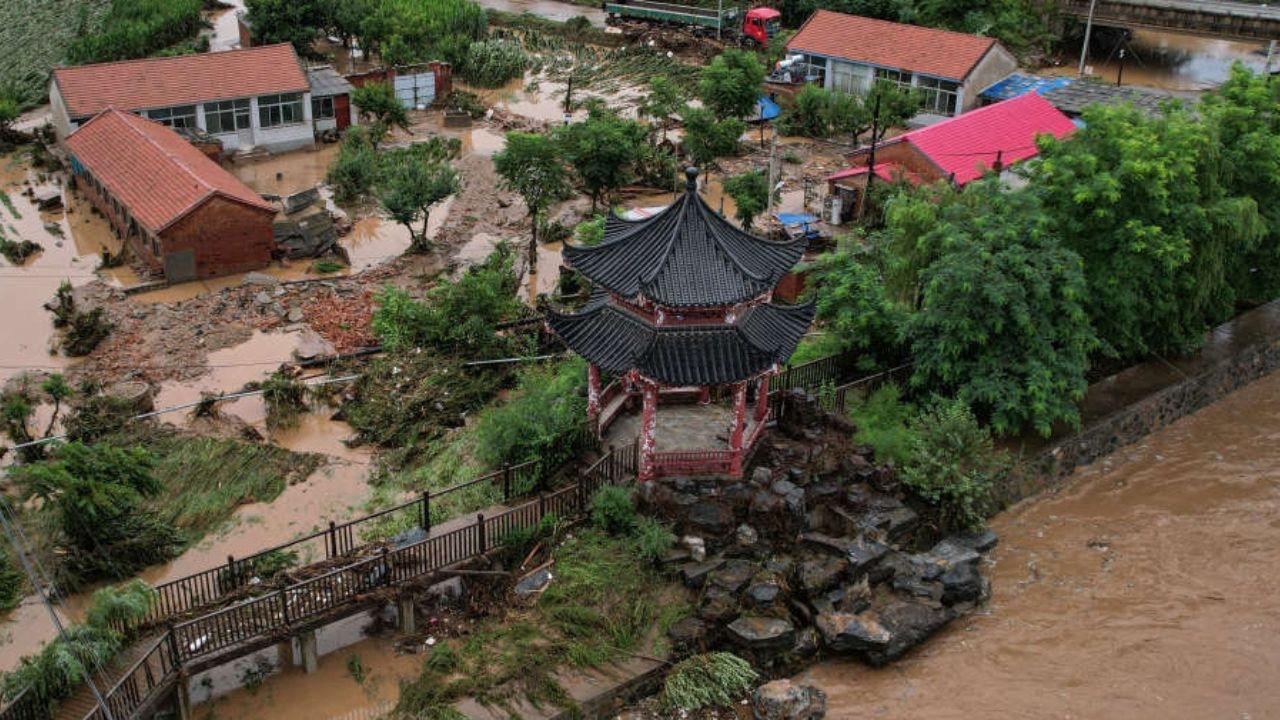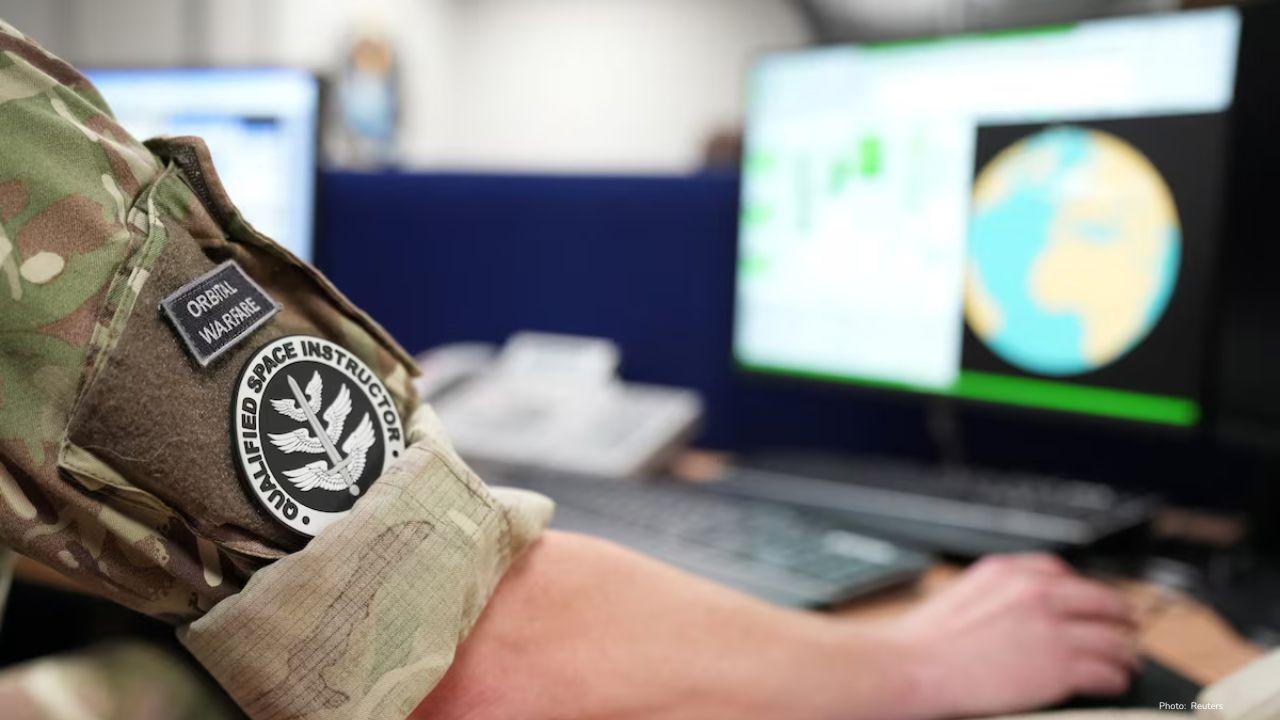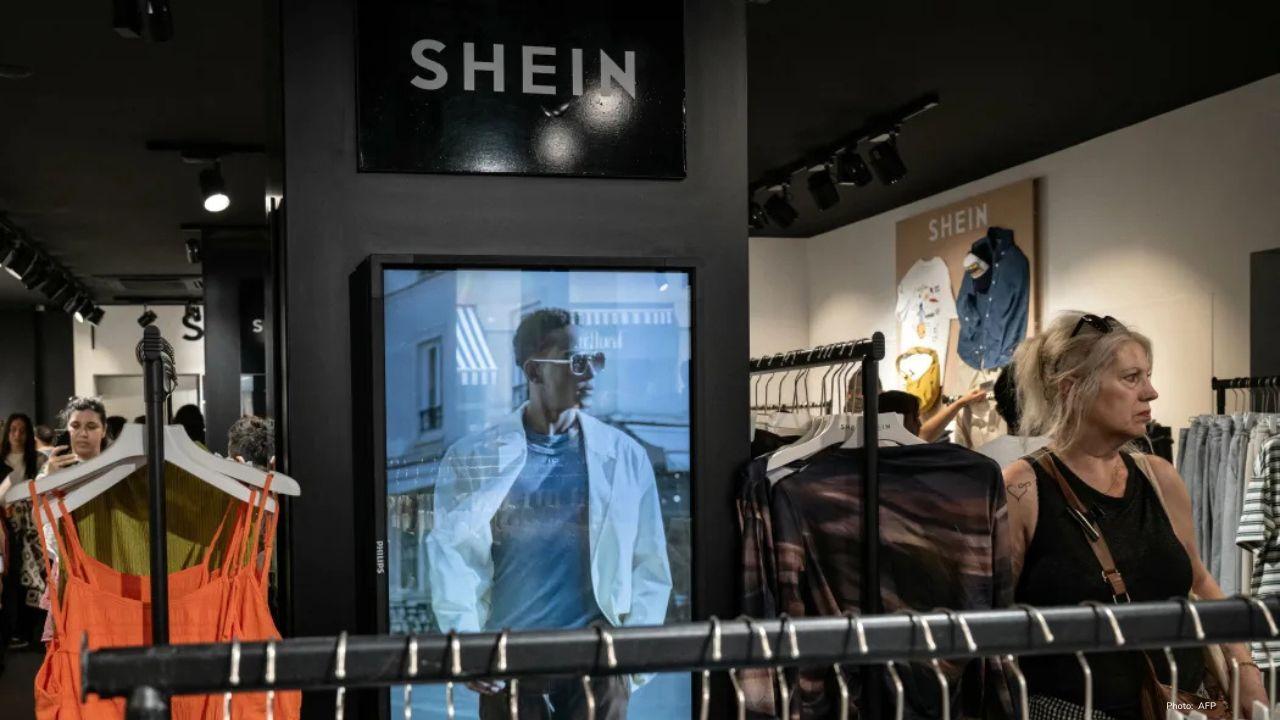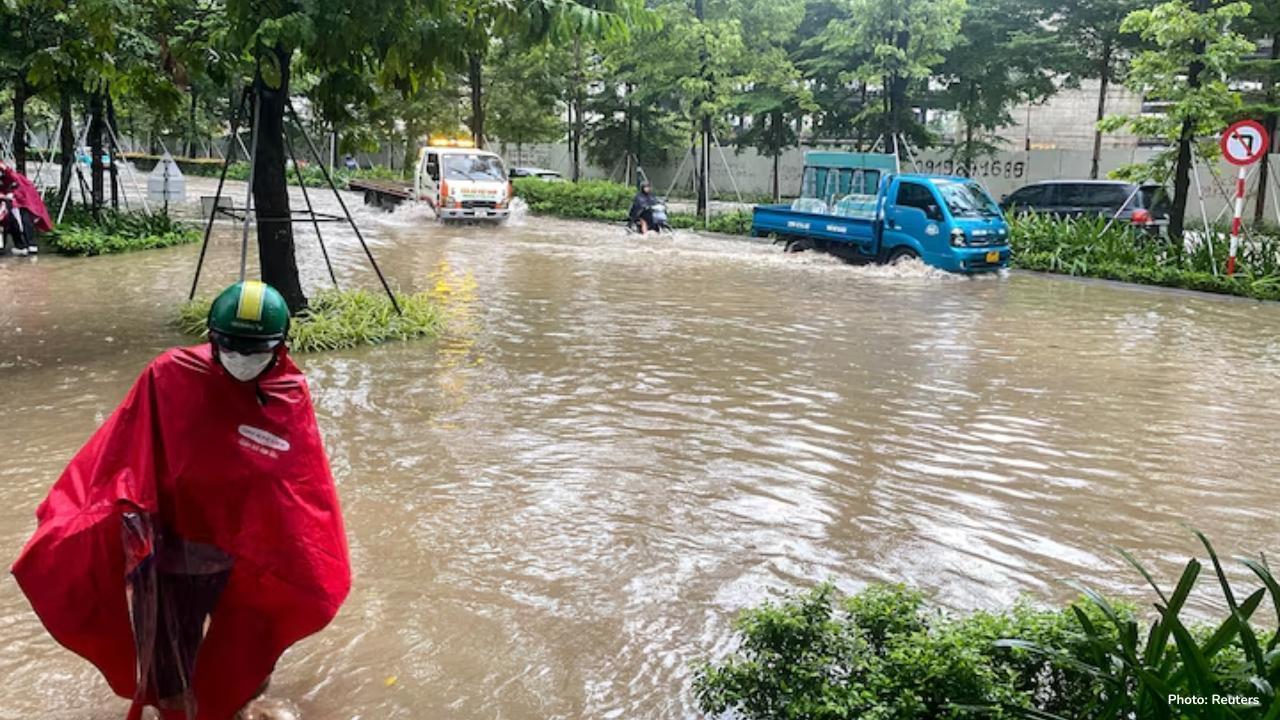
Post by : Priya
Photo:AFP
The Chinese capital Beijing was gripped by relentless torrential rainfall, leading to severe flooding, loss of lives, and widespread disruption. This natural disaster, claiming at least 30 lives, exposed vulnerabilities within the metropolitan area’s urban infrastructure and emergency preparedness while underscoring the growing threat of extreme weather linked to climate change. This editorial dives deep into the unfolding crisis, its human and economic toll, government response, and broader implications for cities worldwide.
The Event: A City Trapped Underwater
Starting over a weekend and persisting into the early days of the working week, Beijing experienced an extraordinary bout of heavy rain. The downpour was so intense and unremitting that the city became what many described as a “rain trap,” unable to drain water quickly enough. The worst-hit area was Miyun District, a mountainous northern suburb, where rapid flash floods and landslides caused devastating damage. A total of 28 people died in Miyun alone, with two more fatalities reported in Yanqing District to the west of the city.
Over 80,000 residents across various districts were forced to evacuate as floodwaters inundated homes, roads, and farmlands. Blackouts affected at least 134 villages, further hampering response efforts and daily life. Key transportation arteries were rendered impassable, isolating affected communities and straining emergency services.
Human Toll and Community Impact
The human cost of these floods extended beyond fatalities. Thousands of people lost their homes, possessions, or were displaced temporarily to emergency shelters established by local authorities. The emotional trauma and uncertainty faced by these individuals are immense, with families mourning lost loved ones and struggling to rebuild their shattered lives.
Daily routines came to a halt as commute became hazardous or impossible and essential services faced interruption. Markets and local businesses experienced damage, threatening livelihoods. The natural calamity highlighted the fragile balance between urban development and natural landscapes, raising questions about preparedness for such extreme weather events.
Government and Rescue Operations
The Chinese government’s response was swift and comprehensive. President Xi Jinping called for an “all-out” disaster relief effort, emphasizing rapid search and rescue operations, adequate relief supply deployment, and minimizing further casualties. Premier Li Qiang highlighted the imperative to locate missing persons and properly relocate affected residents.
Rescue teams, police, and community workers operated around the clock in challenging conditions, using boats and specialized equipment to evacuate residents, deliver supplies, and clear debris. Temporary shelters provided refuge, healthcare, and basic needs for those displaced. Authorities intensified flood warnings and urged residents to remain indoors and avoid floodwaters, which posed significant risks including contamination and injury.
Infrastructure, Urban Planning, and Lessons Learned
Beijing’s flooding has reignited focus on urban planning and infrastructure resilience against extreme weather. The city’s drainage and flood control systems were overwhelmed by the sustained rainfall, revealing gaps in capacity and maintenance. As a megacity home to over 20 million people, Beijing must balance rapid urbanization with sustainable water management and emergency preparedness.
Experts advocate for:
Climate Change: A Global Context
This event in Beijing is not isolated but part of a broader pattern of increasing frequency and intensity of extreme weather worldwide. Scientists link such severe rainstorms to shifts in climate patterns driven by global warming. Cities around the world are facing similar challenges—from heatwaves and wildfires to flooding and hurricanes.
Beijing’s experience is a stark reminder that climate adaptation is no longer optional but essential. Urban resilience must be integrated into policy, investment, and citizen engagement to protect lives, infrastructure, and economies.
Moving Forward: Recovery and Resilience
As the rain subsides and floodwaters recede, Beijing’s path to recovery begins. Repairing damaged infrastructure, restoring power and water supplies, and supporting affected families will require coordinated efforts and resources. Equally important is the commitment to learning from this crisis to strengthen the city’s defenses against future extremes.
This tragedy should prompt a renewed vision for urban sustainability—one that prioritizes climate-ready infrastructure, inclusive planning, and robust emergency systems. Only by acknowledging the growing risks and acting decisively can cities like Beijing hope to safeguard their populations and prosperity in an uncertain climate future.
Beijing heavy rain










AI Startup Valuations Spark Concerns of Market Bubble Amid Funding Surge
AI startups are attracting record investments, but experts warn that inflated valuations may signal

Ambulances Line Up as Indonesia Searches for Students After School Collapse
A school in East Java collapsed during afternoon prayers. Dozens of students are trapped, and rescue

Typhoon Bualoi Kills 51 in Vietnam; Banks Asked to Aid Affected Firms
Typhoon Bualoi caused heavy damage and killed 51 people in Vietnam. The central bank has urged banks

South Korea's President Urges North Korea to Resume Family Reunions
South Korean President Lee Jae Myung calls on North Korea to restart family reunions for those separ

Finnish Court Rules It Can't Prosecute Crew Over Baltic Sea Cable Damage
A Finnish court has decided it doesn't have the authority to prosecute the crew of the Eagle S oil t

Czech Republic Votes: Billionaire Babiš Promises Higher Wages, Less Support for Ukraine
In the Czech Republic's upcoming elections, billionaire Andrej Babiš's party leads with promises of